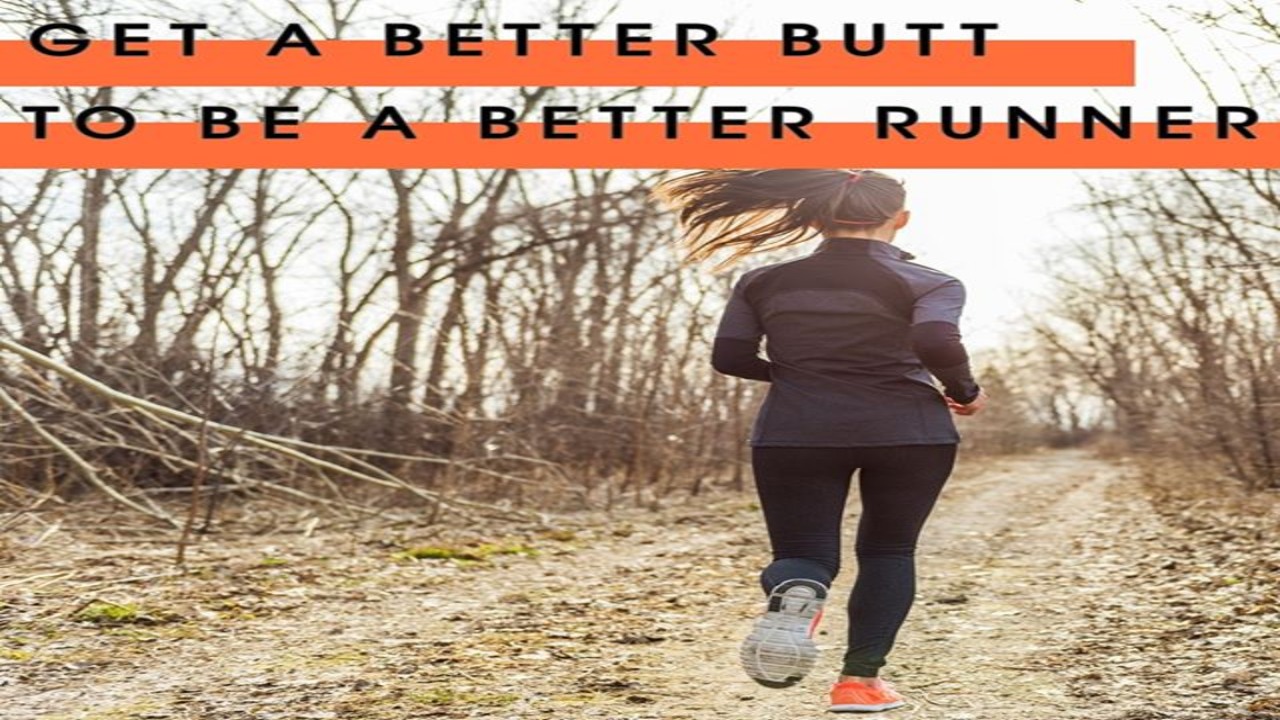5 Exercises Every Runner Needs to Do

Running is basically hopping from one foot to the other thousands of times. This takes strong legs, sure, but what part of your leg should you focus on for injury prevention? Short answer: your butt
It’s been estimated that up to 75% of runners will sustain an injury in any given year, and many of them are of the pesky nagging kind, cropping up year after year. But that doesn’t mean that runners are doomed. I like to remind my patients that “running isn’t bad for you — bad running is bad for you.” Now, we can get into a long discussion of periodization of training and appropriate nutrition and the endless debate about footwear, but let’s look at a more base level of preparation: your body. As a runner, I have to admit that if there’s one thing that runners are guilty of, it’s running too much and strengthening too little.
The glutes and core are your keystones of running stability. They support the back, provide power, speed, and endurance, and decrease stress at the joints of the lower body. Let’s focus on two primary functions of the glutes that are crucial in running: helping you extend your hip, and stabilizing you in single-leg stance.
Hip extension
Hip extension is what your body needs to propel you forward, generating force off your back leg to move your body weight forward quickly and efficiently. This comes primarily from a contraction of your big glute max muscle, and also requires enough range of motion in the hip to allow the leg to extend behind the body. In order to get good thrust from your legs, you need a strong butt and good flexibility in your hip flexors.
Single leg stability
The glute med and min are important abductors of the hip — this means they pull the leg out to the side, away from the body. What does this mean for running? Everything.
When your stance leg is on the ground, the other leg is advancing through the air. The abductor muscles on the outside of the stance hip have to fire in order to keep the pelvis from drooping down and the thighbone from collapsing toward the midline, causing a knock-knee.
And don’t forget your core
One last note on the strength needed for running: don’t forget that you need a strong core to use those strong hips while running. Why? So that all those nice strong butt muscles are pushing off of a stable platform, not one that’s flopping, rotating, and dipping around.
If you have nagging injuries while running, or are trying to step up your running and want to prevent injury, first take a look at these tests to take an honest look at your hip strength. Weakness in the glutes can cause knee pain, shin pain, hip pain, ankle pain, and low back pain, and with a little dedication, can be easily remedied. Put in the work now, and help prevent issues later.
Five-step glute tune up
Allow hip extension:
Hip flexor stretch; w/quad: Functional Hip Flexor Stretch
Power hip extension:
Single leg bridge and double leg bridge: Single Leg Bridge and Double Leg Bridge
If you can’t perform a single leg bridge with good control, start with double leg bridges instead.
Improve hip abduction:
Glute step back: Glute Activation Step Backs
Challenge your single-leg strength:
Lateral step down: Strengthening Lateral Step Downs
Keep your core tight:
Side plank: Side planks